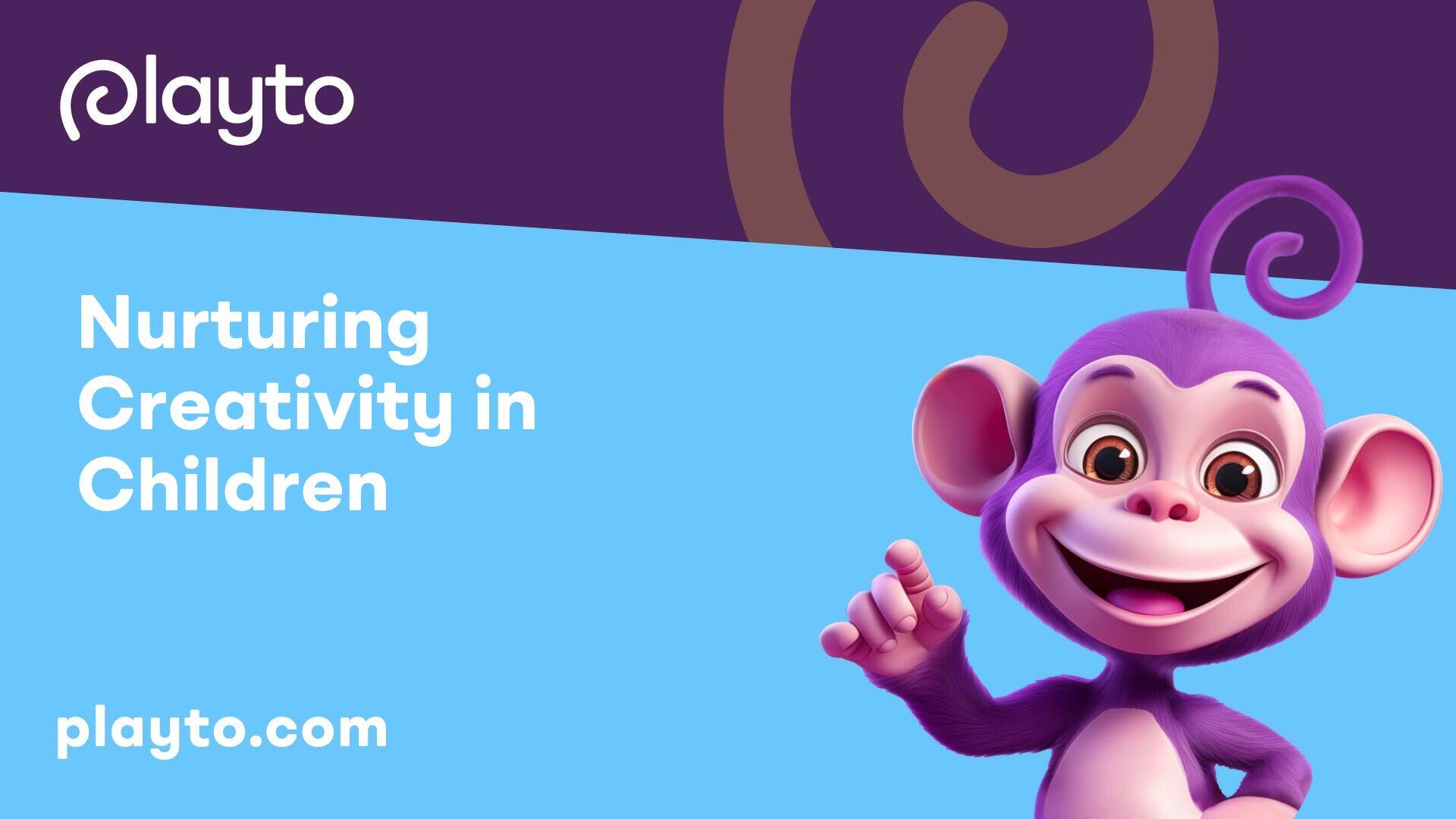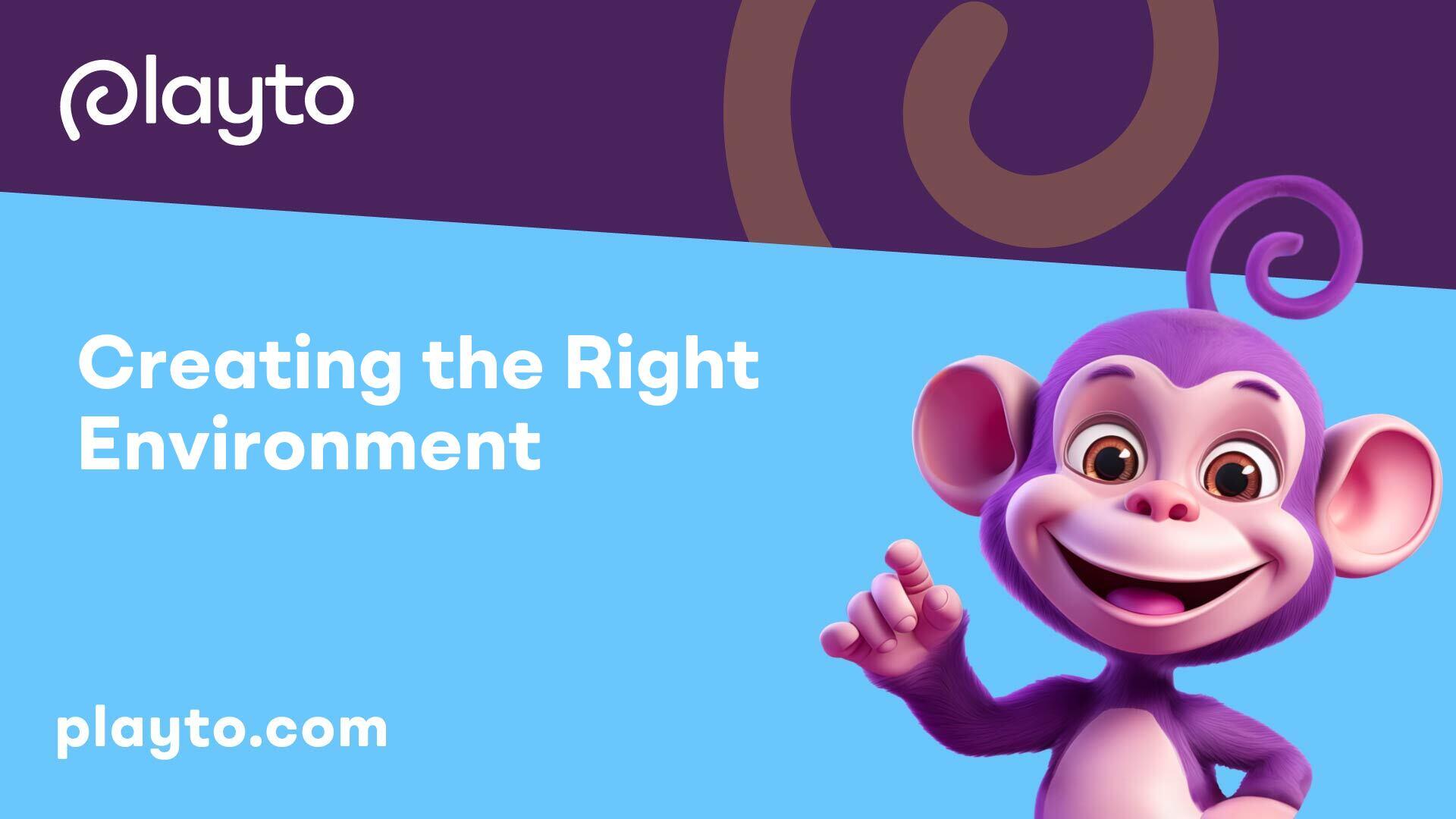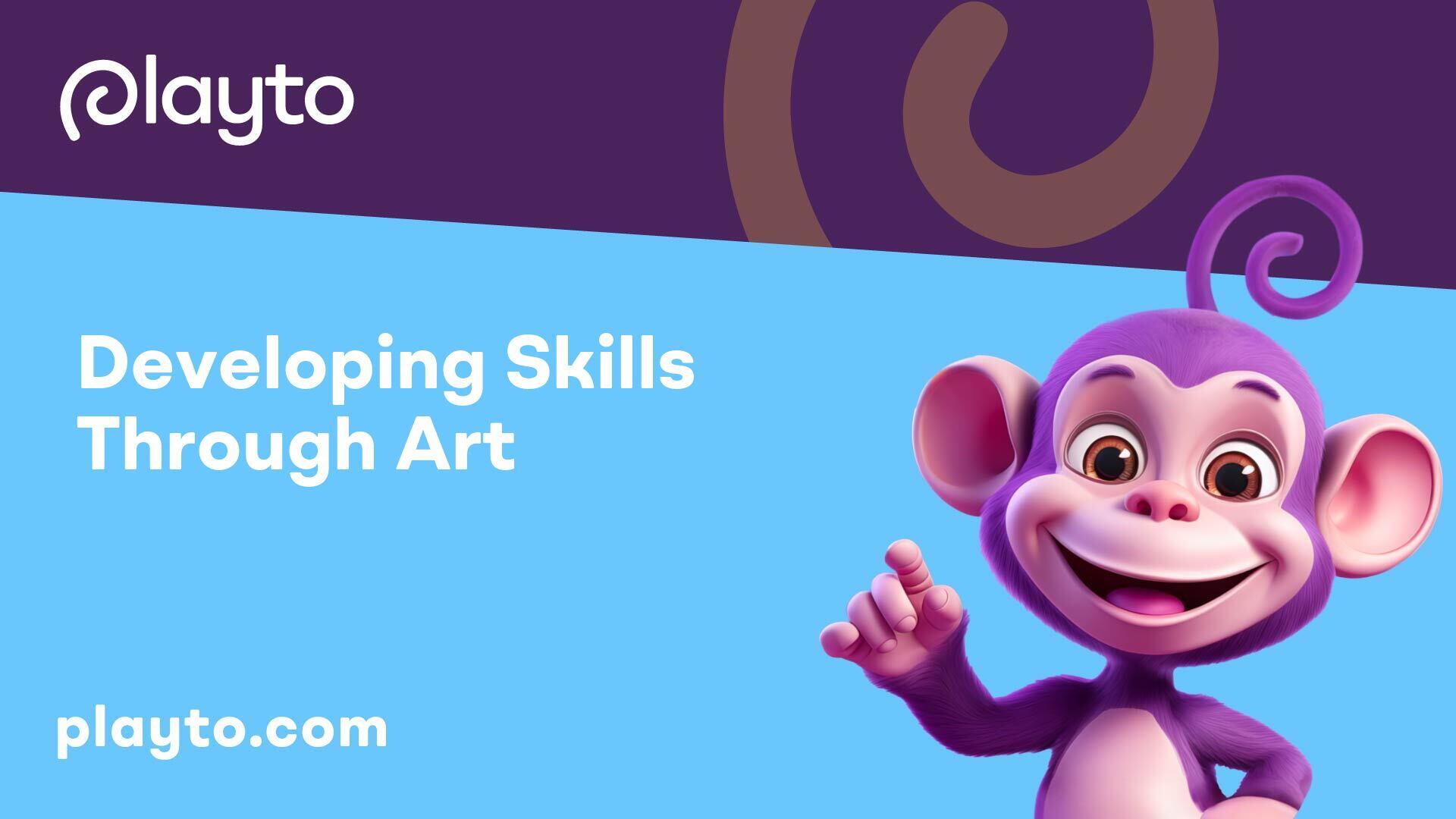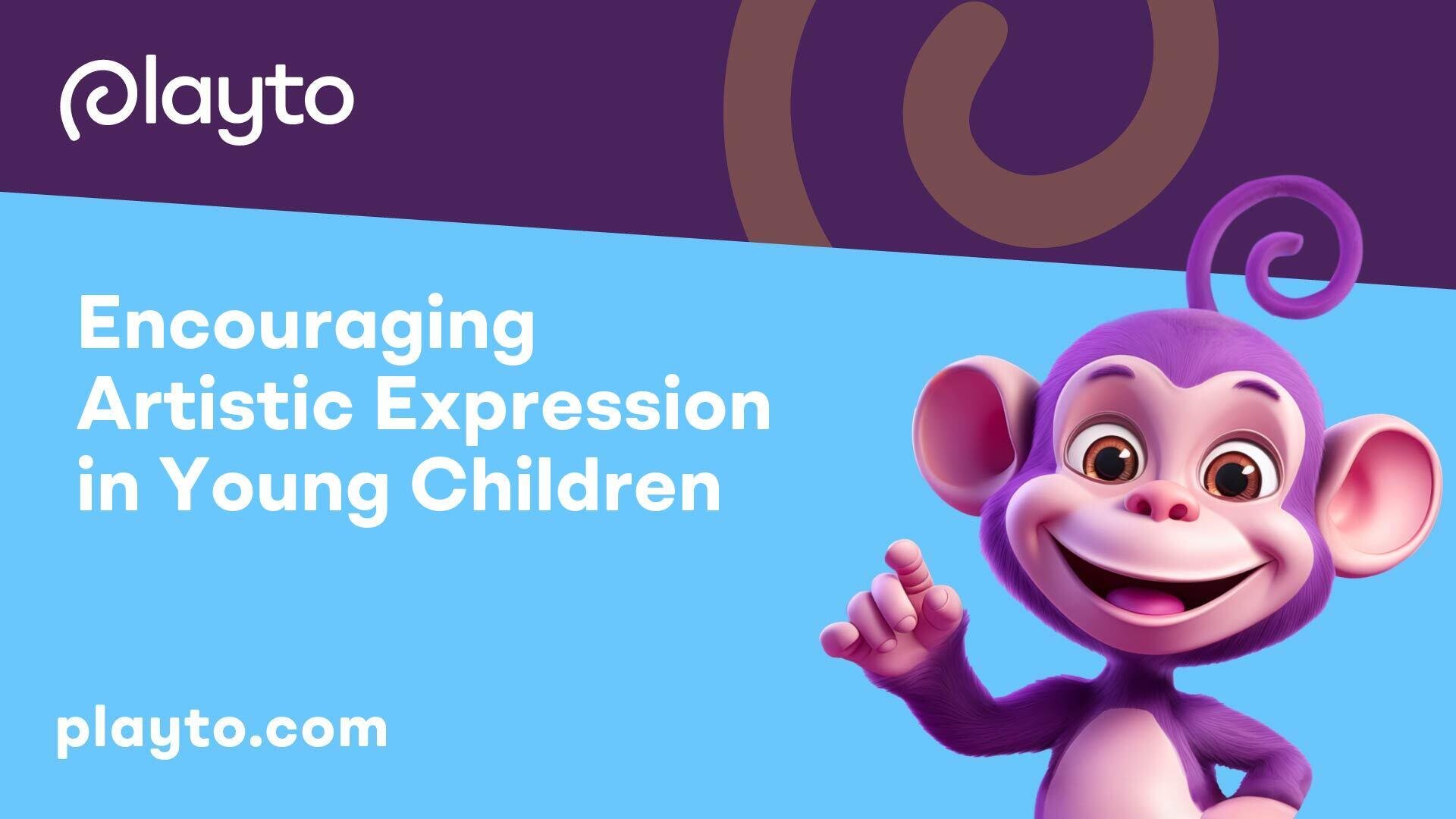
Nurturing Creativity in Children
In the realm of DayCare, nurturing creativity in children holds immense importance as it plays a vital role in their holistic development. Understanding the significance of art in early childhood and the numerous benefits derived from encouraging artistic expression are key elements in fostering creativity.
Importance of Art in Early Childhood
Art serves as a fundamental aspect of early childhood development, providing children with a platform for self-expression, exploration, and imagination. Engaging in artistic activities instills a sense of freedom and creativity in young minds, fostering a positive outlet for emotions and thoughts.
Art experiences in early childhood also contribute to the acquisition of vital life skills such as creativity, problem-solving, decision-making, self-expression, and hand-eye coordination [1]. By immersing themselves in creative processes, children enhance their cognitive abilities, spatial reasoning, language skills, and concentration.
Benefits of Encouraging Artistic Expression
Encouraging artistic expression in young children reaps a multitude of benefits that extend beyond mere creativity. Art activities empower children to express themselves freely, fostering communication and emotional development [2]. Research indicates that art experiences are intricately linked to cognitive development, offering children the opportunity to enhance their cognitive abilities through hands-on artistic exploration.
Moreover, engaging in creative endeavors allows children to confront and regulate their emotions effectively. Through art, children can convey and process their feelings, enabling teachers and caregivers to gain deeper insights into their emotional state. The act of creating art also nurtures mental growth by encouraging children to experiment, innovate, and problem-solve, fostering a mindset of resilience and adaptability.
Artistic expression transcends traditional boundaries, encompassing a diverse range of creative activities such as photography, music, and hands-on projects with various materials. By providing children with ample opportunities to engage in creative pursuits, caregivers can support their development, encourage innovative thinking, and cultivate a lifelong appreciation for self-expression and artistic exploration.
By recognizing the importance of art in early childhood and embracing the benefits of encouraging artistic expression, caregivers and educators can create enriching environments that nurture creativity, foster emotional growth, and enhance cognitive development in young children.

Creating the Right Environment
When it comes to encouraging artistic expression in young children, creating the right environment is key to nurturing their creativity effectively. This section focuses on two crucial aspects: honoring effort over end products and avoiding interference in artwork.
Honoring Effort Over End Products
Parents and caregivers should prioritize honoring a child's effort over the final outcome of their artwork. This approach, as highlighted by Amy Bailey Art, supports the growth mindset necessary for children to feel confident in attempting challenging tasks. When children feel that their efforts are valued, they are more likely to explore their creativity without the fear of judgment or perfection.
By recognizing and praising the process of creating art, children learn to enjoy the journey of self-expression rather than focusing solely on the end product. This positive reinforcement boosts their self-esteem and motivates them to continue exploring their unique artistic abilities.
Avoiding Interference in Artwork
It is essential to avoid interfering with a child's artwork, as emphasized by Amy Bailey Art. When adults add marks or alter a child's creation, it can convey a message that the child's efforts are not good enough or that they lack the ability to create on their own. Instead of altering their work, it is more beneficial to guide and encourage children through verbal support and constructive feedback.
By refraining from physical intervention in a child's artwork, adults allow children to take ownership of their creative process. This independence fosters a sense of autonomy and confidence in their abilities, promoting a positive attitude towards artistic expression. By creating a space where children feel free to experiment and explore without fear of judgment, adults can empower young artists to develop their skills and express themselves authentically.

Developing Skills Through Art
Art plays a significant role in the development of children, fostering a range of valuable skills that contribute to their overall growth and wellbeing. In this section, we will explore the life skills learned through art and the cognitive development benefits that art offers.
Life Skills Learned Through Art
Engaging in artistic activities with children is not just about creating beautiful pieces; it's also about nurturing a range of life skills that are essential for their holistic development. According to Amy Bailey Art, art experiences teach vital life skills such as creativity, problem-solving, decision-making, self-expression, concentration, focus, language development, and hand-eye coordination.
Through art, children learn to embrace their creativity, think outside the box, and explore innovative solutions. Moreover, the process of creating art encourages curiosity, fosters active listening, and enhances cognitive abilities such as spatial reasoning. By honing these skills through artistic expression, children not only develop as artists but also as well-rounded individuals capable of facing various challenges with confidence and resilience.
Cognitive Development Through Art
Art experiences are closely linked to cognitive development in young children. Engaging in art activities allows children to express themselves in unique ways and gain symbolic input, which enhances their cognitive abilities. Research suggests that art experiences stimulate cognitive functions, including memory, attention, and critical thinking.
Furthermore, art encourages children to observe, analyze, and interpret the world around them. By studying art books, visiting museums, and discussing artworks, children develop a deeper appreciation for different perspectives and cultural contexts. This process of observation and exploration fosters creativity, expands their vocabulary, and promotes artistic expression.
Art activities also provide a platform for emotional expression and cognitive growth. Creative expression allows children to articulate and cope with their feelings in a safe and supportive environment. Through their artistic creations, children communicate their emotions, thoughts, and experiences, enabling educators and caregivers to gain valuable insights into their inner worlds.
By engaging in art, children not only cultivate essential cognitive skills but also harness their emotional intelligence, enhance their problem-solving abilities, and build resilience in the face of challenges. Art serves as a powerful tool for fostering creativity, promoting personal growth, and nurturing a lifelong love for self-expression and exploration.
Types of Art Experiences
In the realm of encouraging artistic expression in young children, understanding the various types of art experiences plays a significant role in nurturing creativity and development. Two key aspects to consider are Process Art versus Product Art and the impact on small motor skill development.
Process Art vs. Product Art
Process Art:
Process art experiences involve providing children with numerous opportunities to explore various materials, express themselves, and engage in creative pursuits. These activities support different dimensions of children's development, including physical skills, language and literacy, and social and emotional growth, as emphasized by NAEYC.
One of the primary benefits of process art is the development of small motor skills. As children engage in activities like glueing, drawing, painting, and manipulating clay or dough during process art, they refine their fine motor skills crucial for future writing abilities. According to NAEYC, this hands-on approach supports the intricate coordination needed for precise movements, setting the foundation for proficient writing skills.
Moreover, the open-ended nature of process art encourages self-exploration, self-regulation, and concentration, fostering essential skills for future academic success.
Product Art:
In contrast, product art focuses on the end result or the final product of the artistic process. While product art can also offer valuable learning opportunities, the emphasis lies more on the outcome rather than the creative journey.
Small Motor Skill Development
Engaging in art activities, especially those involving fine motor skills, significantly contributes to the development of small motor skills in children. The careful manipulation of art tools and materials enhances hand-eye coordination, finger dexterity, and precision. These skills are vital for tasks like writing, cutting, and drawing, essential components of early childhood development.
By integrating art experiences that emphasize both process-oriented and product-oriented approaches, children have the opportunity to explore their creativity, develop fine motor skills, and engage in meaningful self-expression. Through these diverse art experiences, children not only hone their artistic talents but also cultivate crucial skills that will benefit them in various aspects of their lives.
Artistic Exploration and Learning
In the realm of fostering creativity in young children, the avenue of artistic exploration and learning plays a pivotal role in nurturing their creativity. By engaging children in observing the world around them and expanding their vocabulary through art, we can lay a strong foundation for their artistic expression and cognitive development.
Observing the World Around Them
Encouraging children to observe and study their surroundings, explore art books, visit museums, and engage in discussions about what they see can significantly enhance their creative abilities and artistic expression. By immersing children in the beauty of the world, from nature to architecture, parents and educators can spark their curiosity and inspire them to translate their observations into artistic creations. Observing and appreciating the diversity of art forms can help children develop a broader perspective and a deeper appreciation for artistic expression.
Expanding Vocabulary Through Art
Art offers a unique platform for children to not only express themselves visually but also to enhance their language and literacy skills. Engaging in process art, where the focus is on the creative process rather than the final product, supports the expansion of vocabulary as children name new art materials, tools, and concepts during conversations about their artwork. This interaction with art materials and discussions about their creations play a vital role in fostering language development.
Through art, children learn to convey their thoughts and emotions using words, colors, shapes, and symbols, building a strong foundation for effective communication and self-expression. Additionally, exploring different artistic outlets, such as art therapy, sensory-friendly theater performances, or music classes, allows children to find the medium that resonates with them, fostering not only artistic expression but also social interaction and personal growth [5].
By facilitating opportunities for children to observe, create, and communicate through art, we can empower them to explore their creativity, expand their vocabulary, and develop a deeper understanding of the world around them. Embracing artistic exploration and learning from an early age not only nurtures their creativity but also lays the groundwork for lifelong artistic expression and appreciation.
Art for Emotional and Cognitive Growth
Encouraging artistic expression in young children goes beyond just the physical act of creating art; it plays a significant role in their emotional and cognitive growth. Through art, children can explore their emotions, enhance their cognitive abilities, and develop crucial life skills.
Art Therapy and Child Expression
Art therapy plays a vital role in fostering emotional well-being and self-expression in children. As defined by Crossroads Family Counseling Center, art therapy is a mental health profession that utilizes art-making, creative processes, and psychological theories to help individuals, including children, express themselves and process their feelings. Children, due to their developmental stage, might find it challenging to verbalize their thoughts and emotions. Art provides them with a safe and creative outlet to communicate, explore their inner world, and make sense of their experiences.
Cognitive Development Through Ages
The cognitive benefits of art in early childhood are profound and varied. According to observations by Piaget, as cited by Madrid Academy Of Art, children's drawing stages reflect their spatial understanding, with detail in art positively correlated to IQ until around age 10.5. Engaging in artistic activities not only nurtures creativity but also enhances cognitive skills such as problem-solving, critical thinking, and spatial awareness.
Art also aids in the development of fine motor skills, as children manipulate tools and materials to create their masterpieces. As they experiment with colors, shapes, and textures, they are honing their coordination and dexterity. Additionally, art fosters imaginative thinking and encourages children to approach tasks with a creative mindset, which can benefit their problem-solving abilities later in life.
By recognizing the importance of art therapy and the cognitive development that occurs through artistic expression, parents and educators can create opportunities for children to explore their emotions, enhance their cognitive abilities, and cultivate a lifelong appreciation for the arts. Art not only nurtures creativity but also provides a valuable outlet for emotional expression and cognitive growth in young children.
Parental Role in Fostering Creativity
Nurturing creativity in children is a collaborative effort between educators and parents. Within this partnership, parents play a crucial role in fostering creativity in their children. Two fundamental aspects of this parental role include encouraging curiosity and providing unstructured play.
Encouraging Curiosity
Curiosity is the driving force behind exploration and discovery in young children. Parents can foster curiosity by encouraging children to ask questions, explore their interests, and engage in critical thinking. By modeling curiosity through their own behavior, parents can inspire their children to be inquisitive and eager to learn [6].
One effective way to nurture curiosity is by actively engaging in conversations with children that stimulate their thinking and creativity. By valuing and encouraging their curiosity, parents create a supportive environment where children feel empowered to seek knowledge and explore the world around them.
Providing Unstructured Play
Unstructured play is essential for promoting creativity and imagination in children. By allowing children the freedom to play without strict rules or guidelines, parents provide them with the opportunity to tap into their natural creativity and problem-solving skills. Unstructured play fosters independence, enhances decision-making abilities, and encourages self-expression.
Through unstructured play, children can engage in activities that spark their creativity, such as imaginative play, building with blocks, or creating artwork without predetermined outcomes. This type of play allows children to explore their interests, experiment with ideas, and develop their own unique ways of expressing themselves.
By encouraging curiosity and providing unstructured play, parents can create an environment that nurtures creativity and fosters a love for learning in their children. These simple yet powerful strategies lay the foundation for children to explore their artistic expression, develop critical thinking skills, and embrace their individuality.
Art in Early Education
Art plays a significant role in early childhood education, offering multiple benefits beyond just creative expression. Recognizing the educational value of art, modern educators and psychologists emphasize its importance as a fundamental element of holistic growth. This shift reflects a deeper understanding of the positive impact art can have on young children's development.
Educational Value of Art
Artmaking through the visual arts is essential for nurturing children's imaginative development, creativity, and playful thinking, highlighting the value of the process itself. Engaging in art fosters the growth of creativity, possibility thinking, problem-solving skills, perseverance, collaboration, and seeking support from others. These skills extend beyond the canvas and contribute to a child's overall cognitive and emotional development.
Art also serves as a tool for expression and communication when words may fall short, allowing children to convey their thoughts, feelings, and experiences visually. By engaging in artistic activities, young learners enhance their fine motor skills, visual-spatial awareness, and hand-eye coordination, all of which are crucial for their overall development.
Creative Learning Approaches
Encouraging creativity in children not only enhances their skills and emotional intelligence but also provides them with the opportunity to practice original thinking, exploration, and self-directed play. Studies indicate that creativity is both a cause and an effect of happiness and can aid individuals in exploring their personal identity. By incorporating creative learning approaches into early education, educators can empower children to think critically, problem-solve, and express themselves authentically through art.
Art in early education serves as a gateway to a world of exploration and discovery, allowing children to engage with their surroundings in a unique and meaningful way. By supporting and promoting artistic expression in young learners, educators can lay a strong foundation for lifelong learning, creativity, and self-discovery. Through art, children not only learn to create but also to observe, interpret, and understand the world around them, shaping their perspectives and fostering a love for artistic endeavors.
Encouraging Various Artistic Outlets
Diving into the realm of encouraging artistic expression in young children, one significant avenue for nurturing creativity is through visual arts in early education. The role of art in fostering holistic growth is paramount, allowing children to explore their imagination, develop crucial skills, and express themselves in unique ways.
Visual Arts in Early Education
Visual arts in early childhood education encompass a diverse range of visual modes that children utilize to express, communicate, and mediate their thoughts and emotions. This includes engaging in activities like painting, clay work, sculpture, collage, weaving, construction, photography, and more.
Engaging in visual arts not only allows children to communicate with others but also fosters collaboration, idea exchange, and the development of shared meanings through shared projects and exploring common interests together. Through art, children can express their creativity, unleash their imagination, and develop problem-solving skills.
Creating visual representations in groups enables children to develop metacognitive capacities, providing them with opportunities to explore new strategies, internalize peer influences, and apply these learnings in various contexts. The collaborative aspect of visual arts enhances social skills, team dynamics, and the appreciation of diverse perspectives.
Role of Art in Holistic Growth
Artmaking through the visual arts is pivotal for children's imaginative development, creativity, and playful thinking. It nurtures creativity, fosters possibility thinking, enhances problem-solving skills, promotes perseverance, encourages collaboration, and instills the value of seeking support from others.
Encouraging creativity and imagination in children through art sets the stage for them to evolve as adaptable and forward-thinking individuals. The lifelong impact of nurturing creativity from an early age cannot be understated, as it shapes their holistic growth and instills a deep appreciation for artistic expression.
By emphasizing visual arts in early education and underscoring the significance of art in fostering holistic growth, we pave the way for young minds to explore, create, and express themselves through the vibrant world of artistic outlets.
References
[2]:
[3]:
[4]:
[5]:
[6]:
[7]:
[8]:
